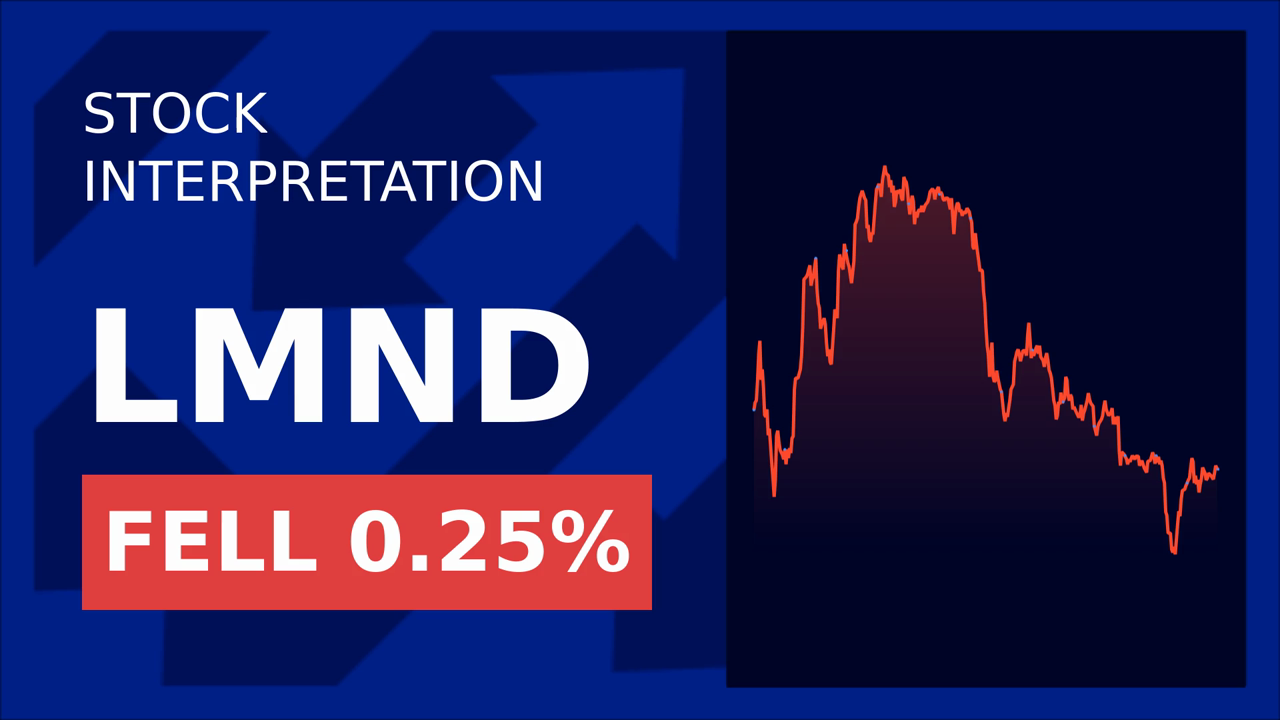Crypto's Scaling Successes Bring Liquidity Fragmentation Challenges
Crypto has made significant strides in enhancing transaction throughput, with new layer 1s (L1s) and side networks offering faster and cheaper transactions. However, this progress has brought to light a critical issue: liquidity fragmentation, where capital and users are scattered across an ever-expanding array of blockchains. Vitalik Buterin, in a recent blog post, pointed out that while scaling successes have led to increased transaction speeds, they have also created unforeseen coordination challenges. With numerous chains and value distributed among them, participants face daily hurdles in bridging, swapping, and switching wallets.
This fragmentation affects not only Ethereum but nearly every ecosystem. New blockchains, regardless of their technological advancements, risk becoming isolated liquidity "islands" that struggle to connect with one another. The real costs of fragmentation are significant. Liquidity is no longer a single pool that traders, investors, or decentralized finance (DeFi) applications can tap into. Instead, each blockchain or side network hosts its own siloed liquidity, leading to multiple challenges for users. Switching networks, opening specialized wallets, and paying multiple transaction fees are far from seamless, especially for those less tech-savvy. Liquidity is thinner in each isolated pool, resulting in price disparities and higher slippage on trades.
Many users resort to bridges to move capital across chains, but these have been frequent targets for exploits, raising fear and mistrust. If moving liquidity becomes too cumbersome or risky, DeFi fails to gain mainstream momentum. Meanwhile, projects scramble to deploy across multiple networks or risk being left behind. Some observers worry that fragmentation could drive people back to a few dominant chains or centralized exchanges, undermining the decentralized ideals that fueled blockchain’s rise.
Solutions have emerged to tackle this tangle. Bridges and wrapped assets enable basic interoperability, but the user experience remains cumbersome. Crosschain aggregators can route tokens through a chain of swaps, yet they generally don’t merge the underlying liquidity. They only help users navigate it. Ecosystems like Cosmos and Polkadot bring interoperability within their frameworks, though they are separate realms in the broader crypto landscape. The fundamental problem is that each chain views itself as distinct. Any new chain or sub-network must be “plugged in” at the ground level to truly unify liquidity. Otherwise, it adds another liquidity island that users must discover and bridge into. This challenge is compounded by chains, bridges, and aggregators seeing one another as competition, leading to intentional siloing and making fragmentation even more pronounced.
Integration at the base layer addresses liquidity fragmentation by embedding bridging and routing functions directly into a chain’s core infrastructure. This approach appears in certain layer-1 protocols and specialized frameworks, where interoperability is treated as a foundational element rather than an optional add-on. Validator nodes automatically handle crosschain connections, so new chains or side networks can launch with immediate access to the broader ecosystem’s liquidity. This reduces reliance on third-party bridges that often introduce security risks and user friction. Ethereum’s own challenges with heterogeneous layer-2 (L2) solutions underscore why integration is essential. Different participants — Ethereum as a settlement layer, L2s focusing on execution, and various bridging services — have their own motivations, resulting in fragmented liquidity. Buterin’s references to this issue highlight the need for more cohesive designs. An integrated base-layer model brings these components together at launch, ensuring that capital can flow freely without forcing users to navigate multiple wallets, bridge solutions, or rollups.
An integrated routing mechanism also consolidates asset transfers, mimicking a unified liquidity pool behind the scenes. By capturing a fraction of the overall liquidity flow rather than charging users for every transaction, such protocols reduce friction and encourage capital mobility across the network. Developers deploying new blockchains gain instant access to a shared liquidity base while end-users avoid juggling multiple tools or encountering unexpected fees. This emphasis on integration helps maintain a seamless experience, even as more networks come online. While Buterin’s blog post focuses on Ethereum’s rollups, fragmentation is ecosystem-agnostic. Whether a project builds on an Ethereum Virtual Machine-compatible chain, a WebAssembly-based platform, or something else, the fragmentation trap arises if liquidity is fenced off. As more protocols explore base-layer solutions — embedding automatic interoperability into their chain design — there’s hope that future networks won’t splinter capital further but instead help unify it.
A clear principle emerges: Throughput means little without connectivity. Users shouldn’t need to think about L1s, L2s, or sidechains. They just want seamless access to decentralized applications (DApps), games, and financial services. Adoption will follow if stepping onto a new chain feels identical to operating on a familiar network. The crypto community’s focus on transaction throughput has revealed an unexpected paradox: The more chains we create for speed, the more we fragment our ecosystem’s strength, which lies in its shared liquidity. Each new chain intended to boost capacity creates another isolated pool of capital. Building interoperability directly into blockchain infrastructure offers a clear path through this challenge. When protocols handle crosschain connections automatically and route assets efficiently, developers can expand without splintering their user base or capital. Success in this model comes from measuring and improving how smoothly value moves throughout the ecosystem. The technical foundations for this approach exist today. We must implement them thoughtfully, with attention to security and user experience.











